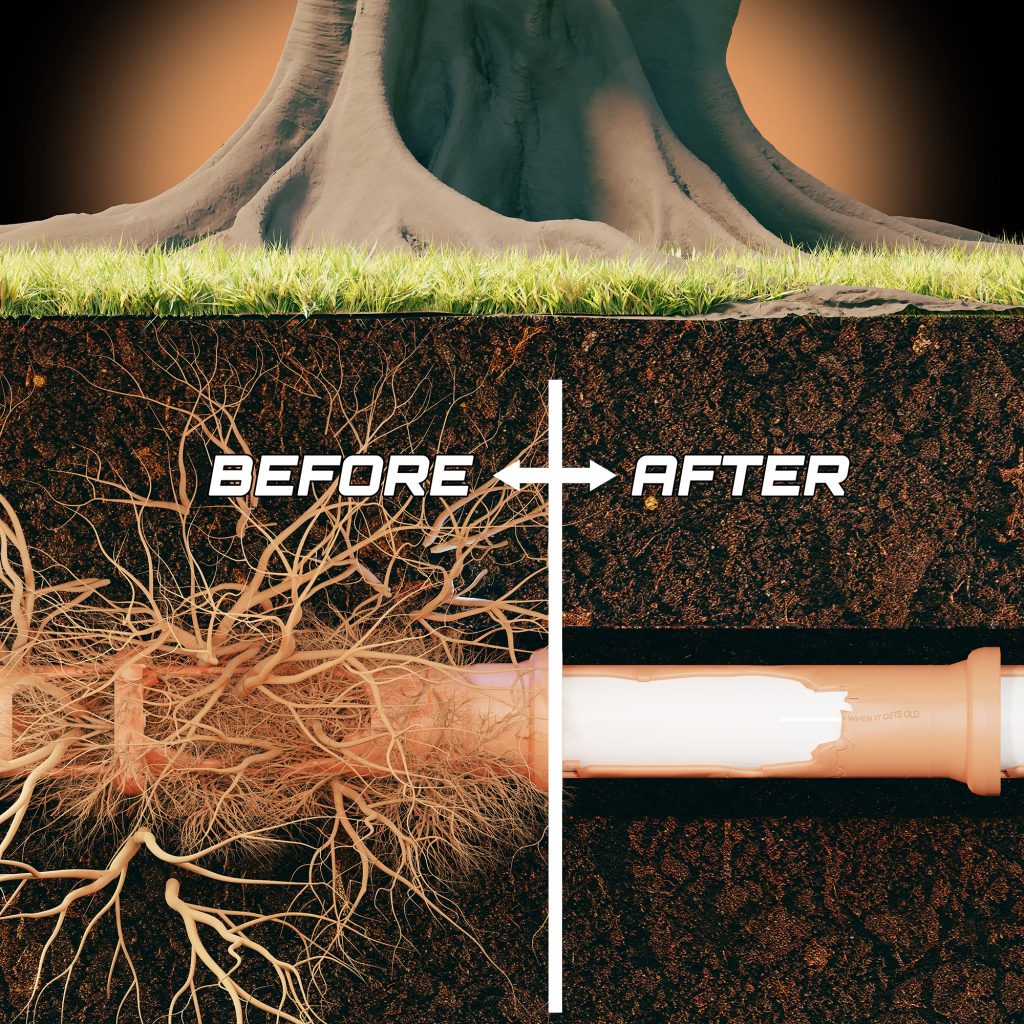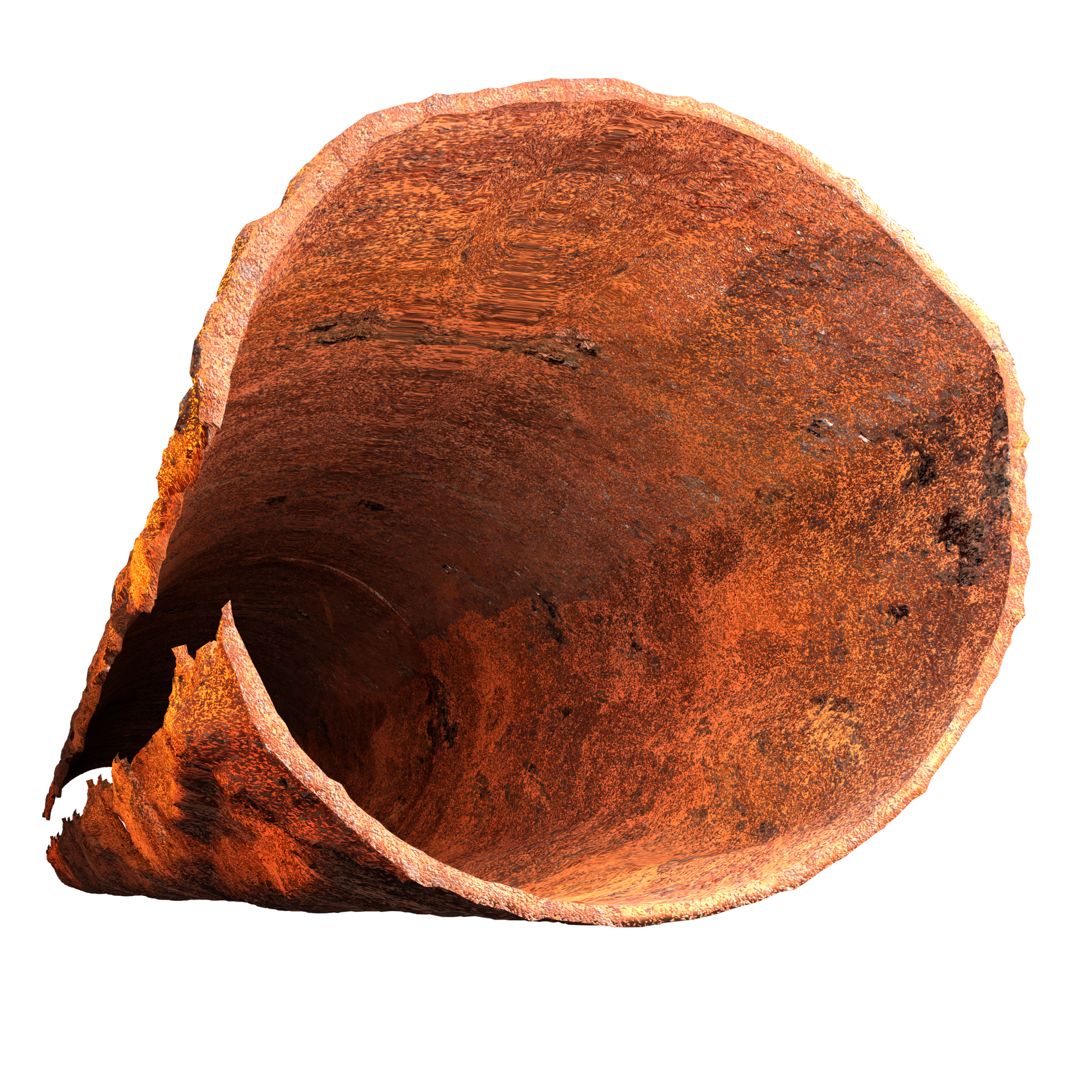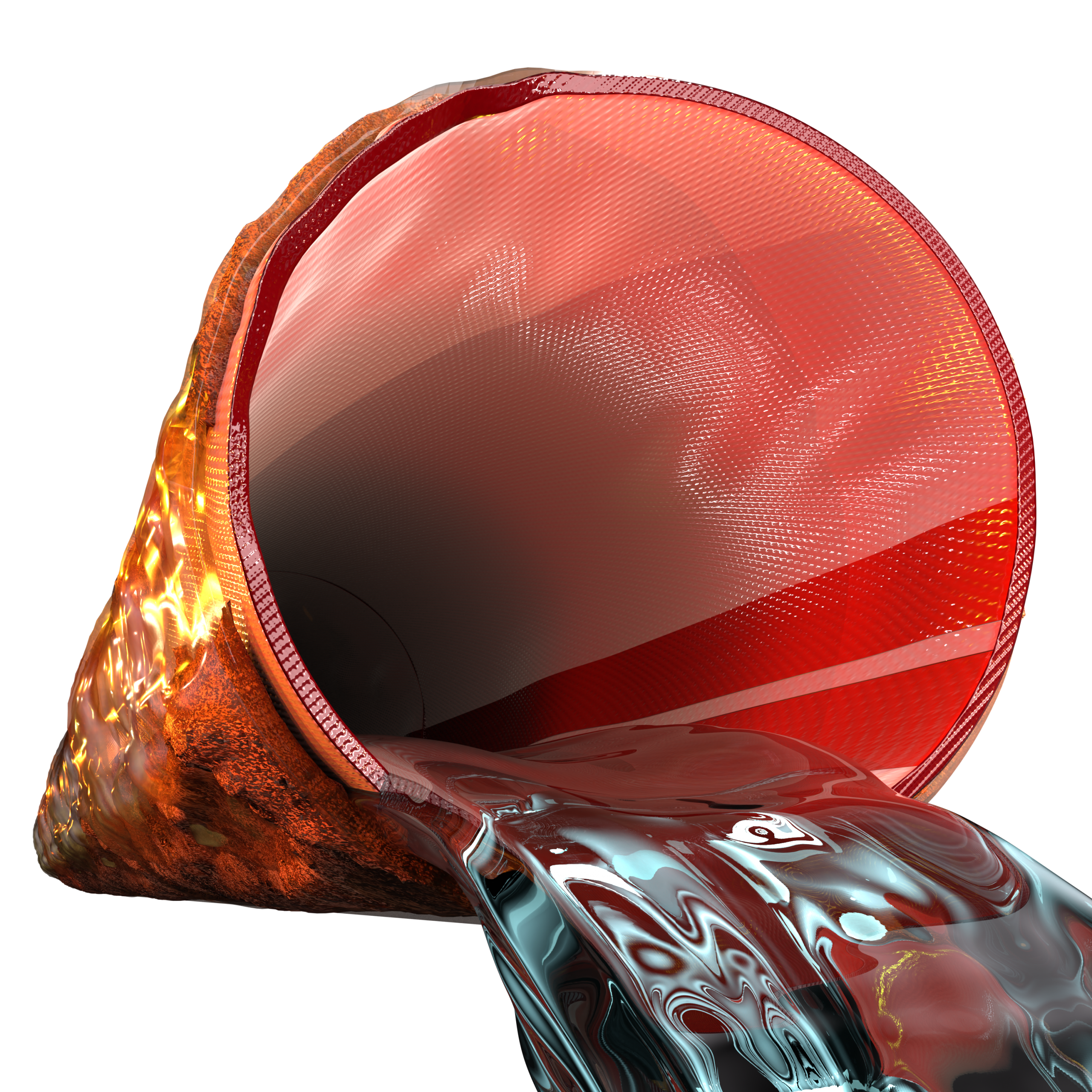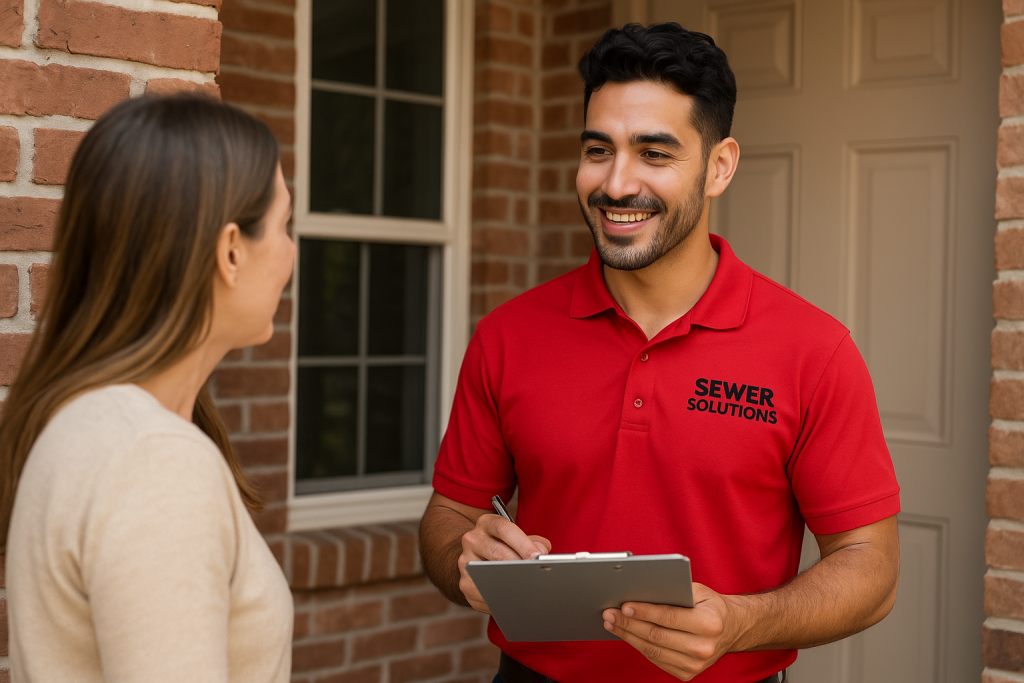We have the sewer solutions for broken cast iron drains
South Florida has experienced a tremendous amount of issues with the original cast iron plumbing in many homes that were built prior to 1975. Many homeowners are questioning why their cast iron piping is failing before the expected lifespan? For the millions of homeowners in South Florida, the biggest reasons are the humidity and salt-rich soil for speeding the corrosion of cast iron pipes.

So, what exactly happens to cast iron pipes?
-
Thinning
The bottom of the pipe thins out and begins to develop pin holes. -
Scaling
Interior scaling occurs, impeding smooth flow of solids. -
Exfiltration
Water seeps out through pin hole leaks and missing sections of pipe and starts to wash away the soil below and around the cast iron pipe. -
Sinkholes
This can lead to collapse of the pipe and even create potential for small sinkholes.


Trenchless Pipelining Saves Your Cast Iron Sewer Lines
- Stops Further Deterioration The epoxy liner forms a seamless barrier inside the old cast iron pipe, halting corrosion and preventing new leaks from forming.
- Restores Structural Strength Once cured, the liner becomes a strong, load-bearing pipe within the existing pipe, eliminating the risk of collapse or sinkholes.
- Seals All Leaks Pin holes, cracks, and missing sections are sealed from the inside, stopping exfiltration and preventing soil erosion around the line.
- Improves Flow The smooth, jointless interior surface eliminates scaling and friction points, allowing waste to flow freely again.
- Extends Service Life A properly installed liner can last 50 years or more, giving you long-term reliability without repeated repairs.
- No Digging or Property Damage The process uses existing access points, avoiding costly excavation and preserving landscaping, driveways, and slab foundations.


How We Fix Your Cast Iron Pipes with Trenchless Pipelining
- Initial Inspection We perform a high-definition sewer camera inspection to assess the pipe’s condition, locate problem areas, and confirm the pipe is a good candidate for lining.
- Cleaning and Preparation Using hydro jetting and mechanical descaling tools, we remove scale, rust, and debris to create a clean surface for the liner to bond to.
- Liner Installation A felt or fiberglass liner saturated with epoxy resin is inserted into the existing pipe through an access point — no digging required.
- Curing the Liner We inflate the liner and cure it in place using hot water, steam, or UV light, forming a new pipe within the old one.
- Reinstating Branch Lines Any branch connections are reopened from inside the pipe using precision robotic cutting equipment.
- Final Inspection A follow-up camera inspection ensures the new pipe is seamless, watertight, and ready to deliver decades of trouble-free service.

